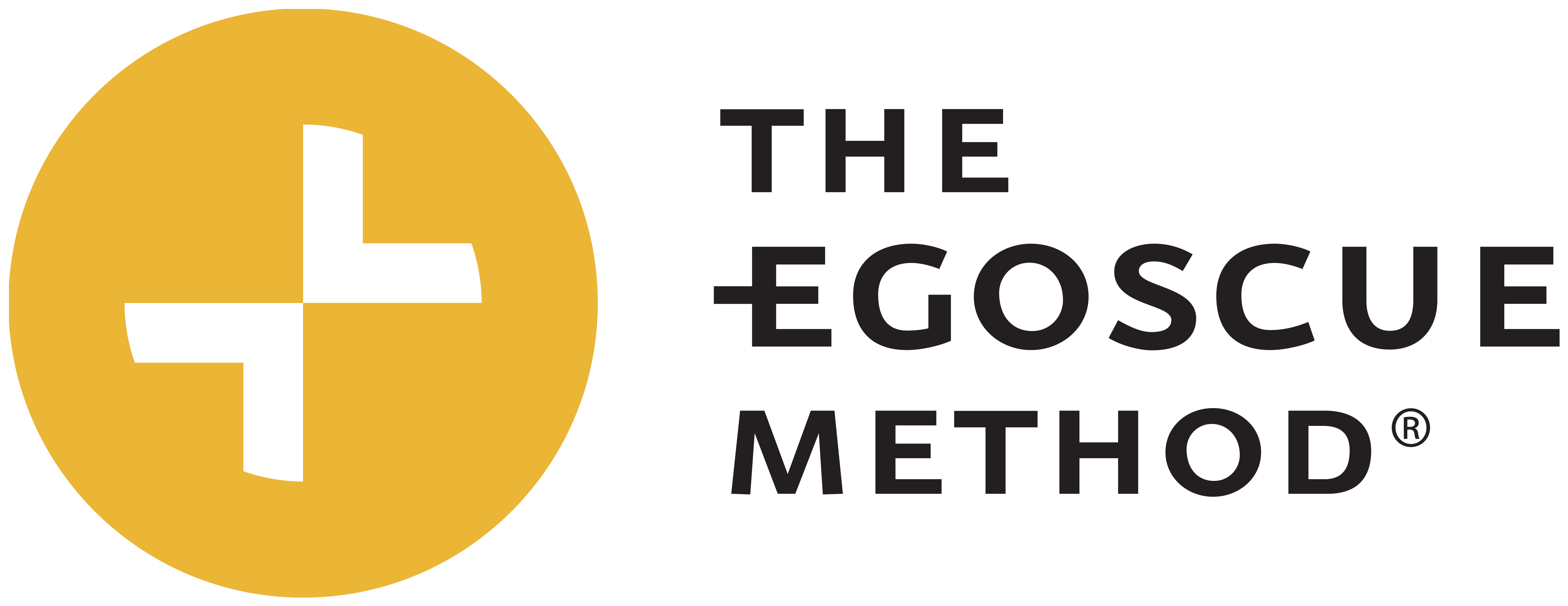How an Aligned Pelvis Can Be the Key to Pain-Free Mobility
In the 1st edition of Pain Free by Pete Egoscue written in 1998, Pete titles the chapter about hips as “United We Stand.” Don’t worry this will not be a political discussion, but Pete talks about the hips area as the “uniter” between the upper body and lower body, describing the pelvis like another brain focused on steering and balancing the body.
The Importance of the Pelvis
As he continues, Pete talks less about the hips and more about the pelvis. Without the pelvis, the amazing and fun movements we often take for granted as humans would be much more difficult (or impossible altogether).
We generally don’t hear much about the pelvis. Why is that? My guess would be that’s because its function isn’t as eye-catching as some of our other more mobile joints. As Pete describes in Pain Free, the pelvis is “a no-fuss, no-frills” fixture of the musculoskeletal system that is short on moving parts. Nonetheless, it plays an essential role in both our mobility and our stability. I can tell you in my two decades of experience as a therapist that pelvic function plays a major role and is oftentimes the source of neck, shoulder, lower back, knee, ankle, and yes, even hip pain.
These deviations can and will predict function, or lack thereof, but also help provide the starting point for allowing the body to heal and perform as designed again.
Pelvic Imbalance and Misalignment
The pelvis and hips are our center of balance; so, logically, if the center of balance is not centered, what will be the consequence? Compensation!! Remember learning about Newton’s laws in school? Well, here is a real-life example of Newton’s Third Law of Motion. If you don’t quite remember, it’s essentially “for every action, there is an equal and opposite reaction.” All the parts of our musculoskeletal system are interconnected. An imbalance or action at the pelvis will create a reaction somewhere else, potentially impacting any combination of the other joints including the shoulder, spine, knee, foot and hip!
Good news! These joint deviations are all created by muscles! Do you know what’s cool about muscles? You have control over them. You can strengthen them, stretch them and move them in many amazing ways. Our mission at Egoscue is to move them into a position of balance. More accurately, it is to teach you how to move them into a position of balance, so that you have the power to impact how you feel and function every day.
Time for an At Home Test
Curious if your pelvis is contributing to your pain or limiting your body’s function. Here is a simple, straightforward way to check for yourself. Find a full length mirror and take an assessment of your body’s position. You can use your hands to find the bony landmarks of your pelvis at the bottom of your abdomen. Take note of where your fingers come to rest.
- Are your fingers level from side to side or is one hand higher than the other?
- What about the positioning from front to back – is one hand resting farther forward than the other?
- How does the position of your pelvis line up with your shoulders and knees?
These are some common visual imbalances we see daily in our clinics and virtually with clients all over the globe. Take note of these or other imbalances you perceive in your at-home test. These deviations can and will predict function, or lack thereof, but also help provide the starting point for allowing the body to heal and perform as designed again.
Take Action
Armed with the knowledge of how the pelvis can impact the way our body feels and function, if you identify an imbalance, the next logical question is “what do I do about it?”
Follow the video here to the Egoscue Anywhere E-cises.
- To our long time followers, these may look familiar and even be the E-cises that you continue to use every day.
- To our new readers, while these E-cises look like they have nothing to do with your pelvis (and maybe pain), remember the body is an interconnected unit (it’s time to start singing “the foot bone is connected to the shin bone”).
Do these 3 E-cises and then re-evaluate the position of your pelvis. Do things look better, feel better, and move better? If you check the box on any of those 3 answers, you may have just uncovered a huge missing piece to your puzzle.
Start Your Journey to Become Pain-Free
In closing, whether you are dealing with symptoms from arthritis, cartilage loss, sciatica, or even a lingering pain in the butt, we challenge you to take a look at the whole picture of your body rather than focusing exclusively on where it hurts. Use the pelvis as your starting point. If it is out of balance, it’s only a matter of time before your body lets you know about it.
At Egoscue, we view pain as a signal or message asking you to pay attention. So let’s pay attention to the position of the body and get curious about finding balance again and what that will do for you. As Pete says, “pain is not something to be feared, but understood.” Let’s identify, understand, and then take action to solve the problem!


 Ankle Pain
Ankle Pain Elbow Pain
Elbow Pain Foot Pain
Foot Pain Hip Pain
Hip Pain Knee Pain
Knee Pain Lower Back Pain
Lower Back Pain Neck Pain
Neck Pain Shoulder Pain
Shoulder Pain Upper Back Pain
Upper Back Pain Hand Pain
Hand Pain Wrist Pain
Wrist Pain